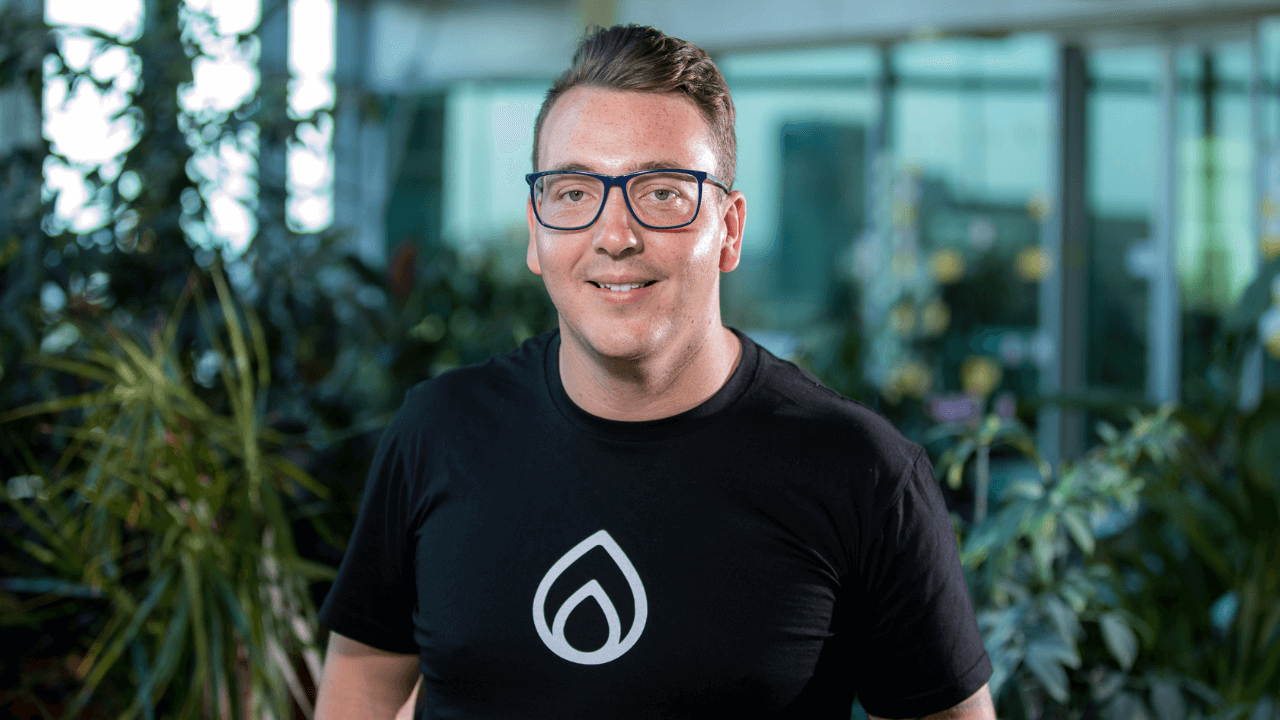Dylan Gow grew up in Australia with what he describes as a low socioeconomic background, the result of a vicious cycle of unemployment and uneducation. Nevertheless, he has gone on to create an Aboriginal clothing company, worked as a marketing strategist at Google, and, for the past three years, built a passion for a very lucrative industry: rubbish. Gow found that the process of renting skip bins (large open-top dumpsters) for collecting rubbish in Australia was often complicated and outdated. With his cofounder Dylan Anderson, Gow created Skipbin.com, a site where Australians can easily find and book skip bins in their area at competitive prices. Since its start in 2019, Skipbin.com has seen great success, spreading across 2,000 postcodes in Australia for hundreds of suppliers.
The amount of hustle Gow puts behind his projects is a direct extension of his youth; he realized very young that he’d need to figure out his own way to make money if he wanted to have something of a childhood, so he took a job at a butcher’s shop around the corner at eight years old.
While working at the butcher shop, Gow had a revelation: “You could be doing something that you really don’t like, so why not focus on something you’re passionate about?” Gow decided that working for others wasn’t ideal in the first place. He started creating his own businesses and building his skills. The young entrepreneur loved everything about it and appreciated that he could keep the profits of his hard work. “It's my passion, and I'm very fortunate that that's what my passion is.”
Creating Indigenous Clothing Co.
In 2012, at 17 years old, Gow created Indigenous Clothing Co. as a way to dive into his own culture and give voice to Aboriginal artists. At the time, he was not thrilled about the way the market for Aboriginal and Torres Strait Islander apparel looked. There was only one company selling these clothes in 2012, and it wasn’t run by Aboriginal founders. “It was almost like the forbidden conversation no one wanted to have in 2012,” he explains. “[Even] now, there's a decent handful of them, but four out of five of them aren't owned by anybody indigenous. They're mostly white companies profiting off indigenous talent and artwork, and I don't think that they really have much of an intention, if it wasn't for the profits, to be passionate about it.”
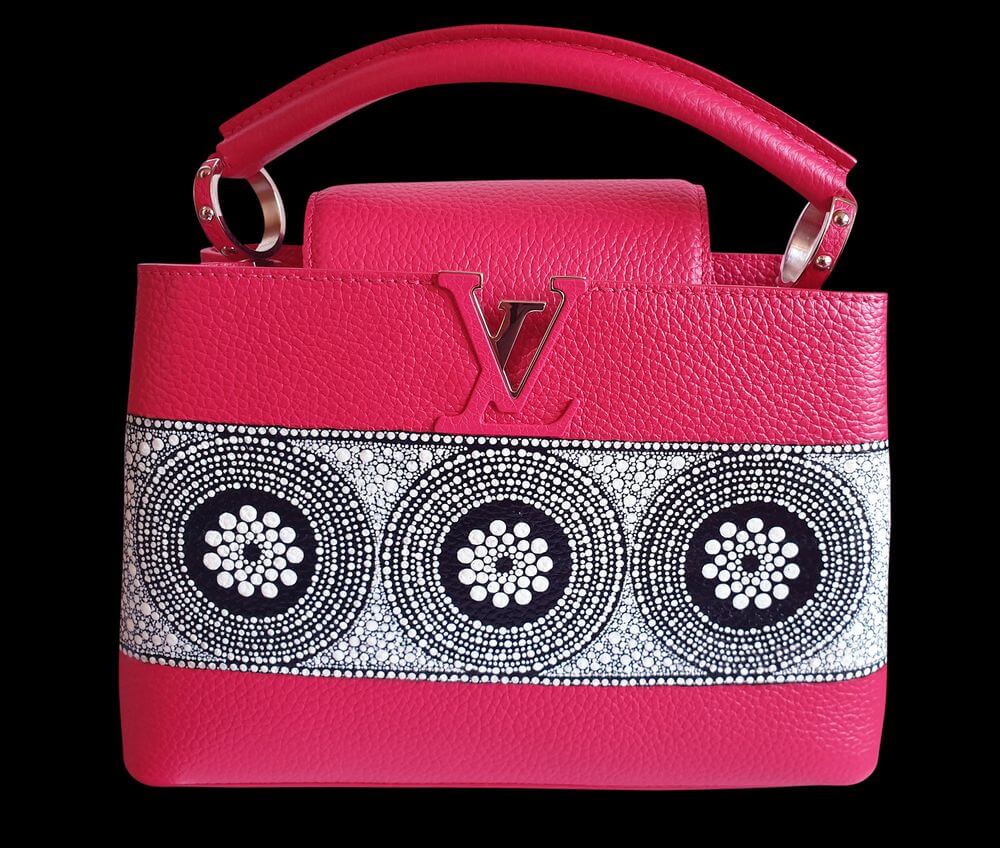
Gow’s personal lightbulb moment came as a result of the annual All Stars rugby match, in which an All Stars team made up of Aboriginal and Torres Strait Islander players would play against non-Indigenous All Stars. After the matches started in 2010, Gow quickly realized that the All Star jerseys were flying off the shelves—so much so that it became nigh impossible to get one once they sold out. The resale market frequently had used items selling for close-to-full price. “It was one game, once a year. And if you didn't get in early and get the apparel, then that was it,” he remembers. “I just thought that if the demand is so high that they’re sold out everywhere, why is there not a clothing company surrounding this?”
Even though demand for Aboriginal and Torres Strait Islander sports apparel was high, Gow got the cold shoulder from investors when he first started Indigenous Clothing Co. He felt gatekept by Australian funders who didn’t see the broader appeal of Indigenous apparel. “They were selling out of the gear,” he recalls, “but I guess they didn't really see the broader picture. So we had to go ahead and do whatever we had by ourselves and, you know, cough up the money and find the resources.” Despite the roadblocks, Gow pressed on, and now that the demand for Aboriginal and Torres Strait Islander apparel has risen, Indigenous Clothing Co. has garnered enough success to collaborate with big-name brands like Gucci and Louis Vuitton.
A “rubbish” opportunity
Now, in his late 20s, Gow has a passion for rubbish. “Rubbish is basically the oil above ground,” he asserted. “Skip bin [rental] in Australia is a $2.4 billion annual industry. It is huge and it's growing.” Since its start in 2019, Skipbin.com has expanded to include over 400 skip bin businesses across a couple thousand Australian postcodes.
Skipbin.com is also a part of Supply Nation, a national database of verified Aboriginal and Torres Island Strait Islander businesses, allowing them to apply in advance for government tenders. Using Skipbin.com also allows Australian contractors to meet a requisite minimum they must spend on Aboriginal- and Torres Islander-operated businesses. Finding and vetting these businesses can be difficult, and since the majority of these projects require skip bins anyway, Skipbin.com offers a perfect solution. For example, Skipbin.com has secured contracts with two ASX 100 construction companies with a total spend of $150,000, allowing those companies to comply with their Reconciliation Action Plan and Aboriginal Procurement Policy (APP).
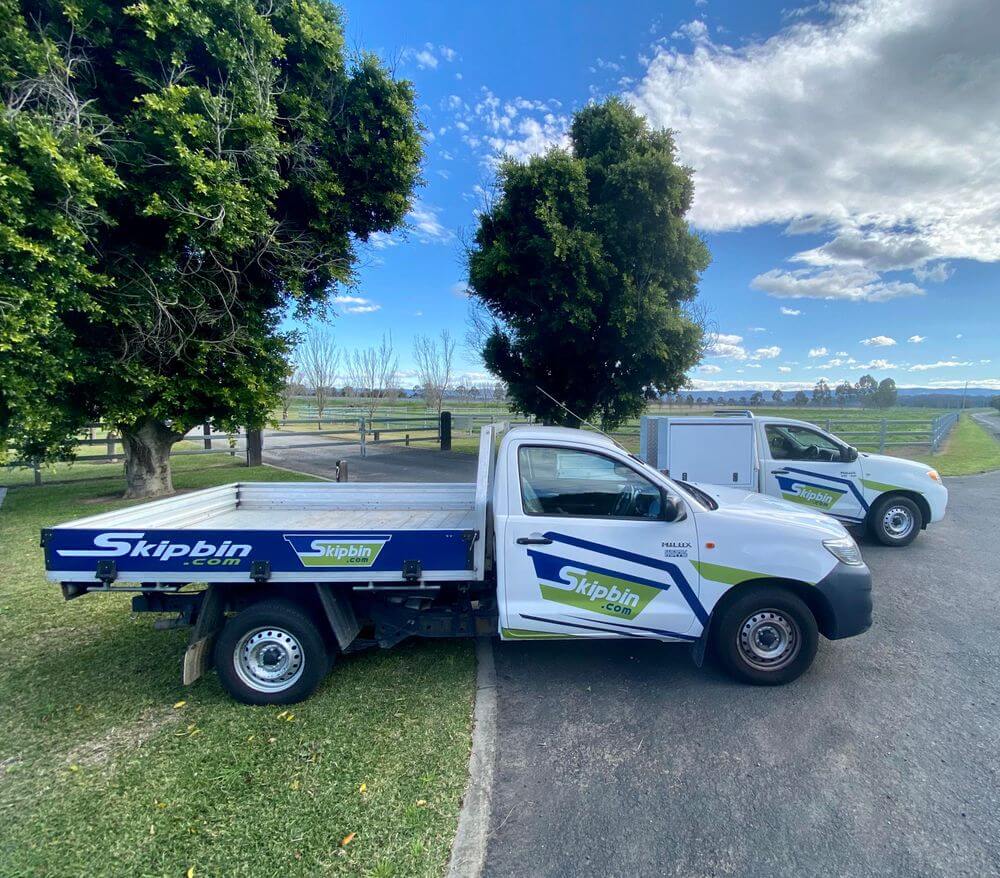
Gow leverages these contracts to try and help their smaller suppliers. “There are large companies with billions of dollars that do skip bins. We try and share the love around to as many small businesses as we can and try and protect that money from obviously going overseas,” Gow says.
Still, there were unexpected challenges: When starting Skipbin.com, Gow discovered that an older gentleman, who ran a skip bin business in a remote area of Queensland since 2001, had already snapped the domain name up during the dot com boom. “And then he sat on it,” Gow explains, “and I noticed he was selling his skip bin company. I couldn't believe it—he's in the middle of nowhere.” Gow negotiated for two years to acquire the Skipbin.com domain name, and he keeps seeing new opportunities in the market for the business.
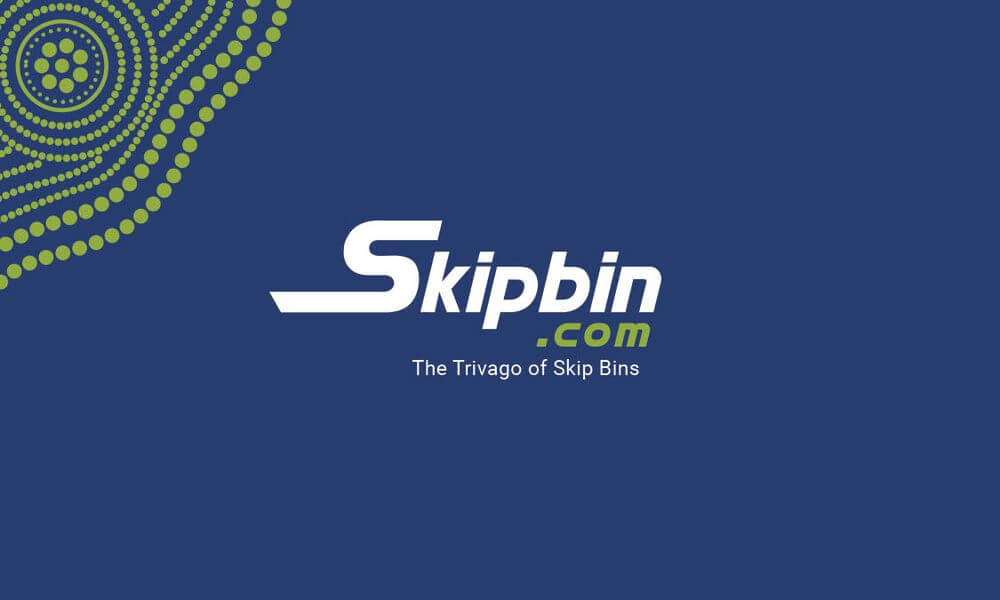
“We come with a different vision to [our] competitors where the systems haven’t changed in 10 years,” he asserts. “With credit card payments, five years ago, you'd have to wait five days, and now you're able to get it done in five seconds. So we’re able to pay our suppliers straight away. We supply great customer service to the people that supply.”
How Skipbin.com's Founders Fell in Love With Bubble
Part of Skipbin.com’s ability to provide that service with such a lean team comes from the ease of iteration provided by Bubble. The founders had coded with WordPress previously and had to create their own custom systems because they couldn't find anything like what they were looking for. “We quickly realized that once the MVP was up with WordPress, it wasn't going to work, mostly due to huge security problems.” With Bubble, Gow is able to primarily focus on Skipbin.com’s customer base and suppliers rather than development.
“I really love no-code for the most part,” Gow told us. “I've already got a hundred jobs to juggle—I don’t also need to juggle full-time dev. These are very, very advanced technologies that they're able to put into these really tight, UX-friendly platforms. And we're able to make changes so quickly to adapt with the markets: APIs that we can implement and backend plugins.”
Gow tested multiple different platforms before deciding on Bubble for Skipbin.com. According to Gow, a lot of international platforms exclude Australia or don’t meet the federal requirements Australian companies must comply with. He looked at different platforms: for example, Webflow, Squarespace, Bubble. After they decided on Bubble, Gow and Anderson tried as hard as they could to test its limits. “In fact, it got to the point with Bubble that we tried to purposely find something that we couldn't do with it, to try and break it,” he chuckled. “There was a lot of fiddling around. To be honest with you, we really enjoyed the process of it. We really did.”
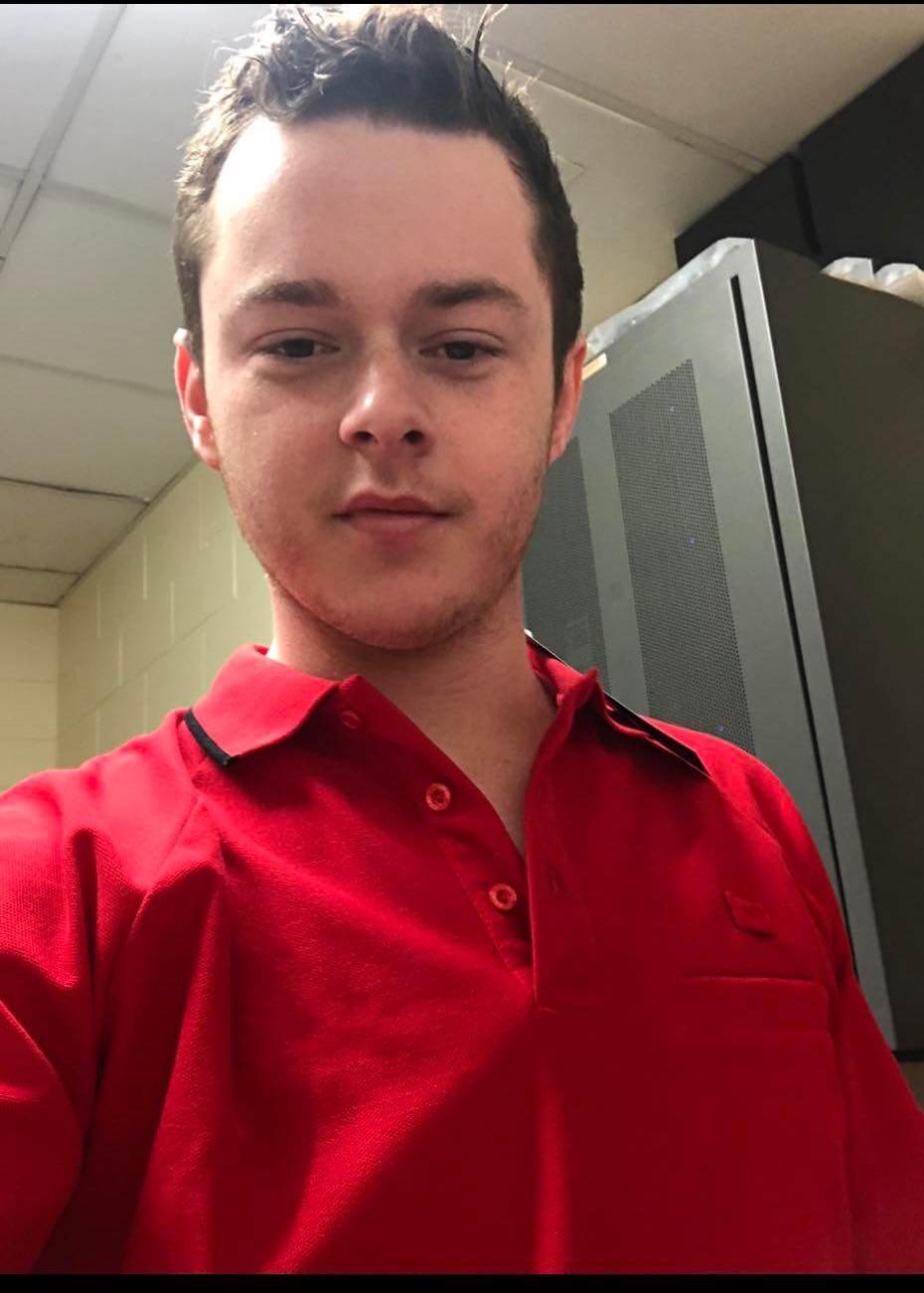
In addition to valuing the speed and versatility Bubble provided, the Skipbin.com founders were not in a position to hire expensive developers at the time. “If you want to get a developer in Australia, you're looking at like 110 bucks an hour—we're talking about 200 hours to develop.” That goes without mentioning the complexity of the site the founders wanted to build.
Gow’s cofounder Anderson had also used Bubble to build an app called YardGuru, where people can match up with and get quotes from people who are available to mow their lawns.
“When it comes to ideas, it almost seems endless, what we can do with Bubble,” Gow says.
You can keep track of what's going on with Skipbin.com on LinkedIn, Instagram, or Facebook.
Build for as long as you want on the Free plan. Only upgrade when you're ready to launch.
Join Bubble
